In-depth Guide to B2B Inbound Marketing in 2024
Inbound marketing is a growing B2B marketing strategy as digital channels are replacing old-school techniques. Marketers now not only aim to catch the potential customers, but also and more importantly try to attract them potential customers. So, inbound marketing efforts are ideally suited for achieving this. And the numbers show that nearly half of CEOs aimed and achieved inbound marketing integration to attract potential customers (Figure 1).
Figure 1. Inbound marketing integration ratios reported by CEOs
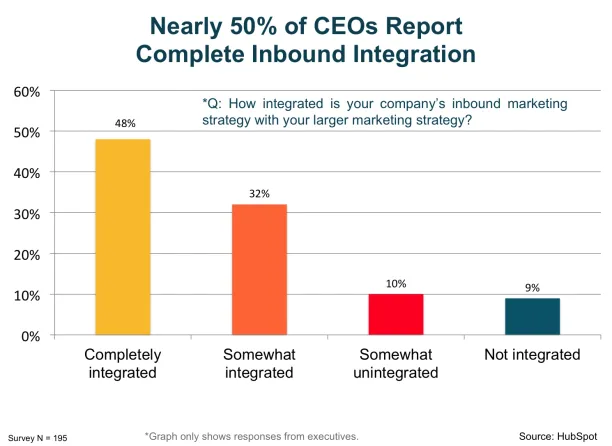
Source: HubSpot
In this article, we explain B2B inbound marketing and provide you with the best practices for achieving it.
What is B2B inbound marketing?
B2B inbound marketing is a marketing strategy that focuses on attracting potential customers or clients through valuable content, rather than relying on traditional outbound marketing tactics such as cold calling, advertising, or trade shows. This makes it an effective strategy for lead generation and for guiding buyers through the buyer’s journey.
The primary goal of a B2B inbound marketing campaign is to establish a company as a trusted authority in its industry so that prospective customers seek out the company’s products or services on their own.
What are the types of inbound marketing?
Inbound marketing focuses on attracting potential customers by providing high quality content and experiences tailored to their needs and interests by digital marketing methods. Several types of inbound marketing tactics can be employed by businesses:
1- Content marketing
Creating and sharing high-quality, relevant, and informative content in various formats to engage and educate the target audience, such as:
- Blog posts
- E-books
- Whitepapers
- Case studies
- Webinars, videos, podcasts
- Infographics
2- Search engine optimization (SEO)
Optimizing your website and content to improve search engine rankings and visibility for relevant keywords, making it easier for potential customers to find your business online.
For more on implementing SEO in content, check our article.
3- Social media marketing
Leveraging social media platforms, such as LinkedIn, Twitter and Facebook to share content, engage with your audience, and build a community around your brand.
4- Email marketing
Capturing leads through opt-in forms and nurturing them with personalized email campaigns that provide valuable information, updates, and promotional offers.
5- Influencer marketing
Collaborating with thought leaders to create and share content that appeals to your target audience, thereby expanding your reach and credibility.
6- User-generated content
Encouraging customers or users to create and share their own content related to your brand or products, fostering a sense of community and social proof.
7- Community building
Creating online forums, groups, or platforms where your target audience can engage with each other and your brand, facilitating knowledge sharing and relationship building.
What is the difference between B2B inbound marketing and outbound marketing?
Figure 2. Inbound vs outbound marketing
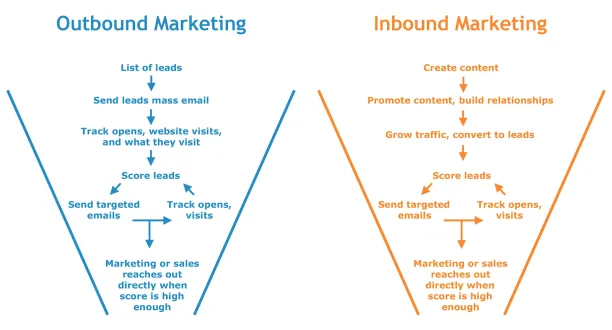
Source: Software Advice
B2B outbound methodology and inbound methodology are two distinct approaches to B2B marketing, each with its own set of strategies and tactics. The main difference between the two lies in the way they engage with potential customers or clients.
B2B Inbound Marketing:
- Focuses on attracting potential customers by providing valuable content and experiences tailored to their needs and interests.
- Aims to establish the company as a trusted authority in its industry and generate organic interest in its products or services.
- Relies on tactics such as content marketing, search engine optimization (SEO), social media marketing, email marketing, and webinars.
- Generally relies on organic marketing strategy for driving high quality leads in the long run.
- Often seen as a more cost-effective and sustainable approach, as it builds long-term relationships with customers and fosters brand loyalty (see Figure 3).
- Attracts inbound leads that are usually more qualified, as they have actively sought out the company’s content or offerings.
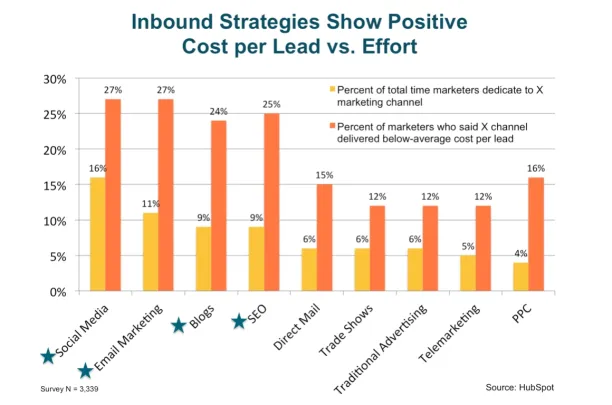
Figure 3. Cost-effectiveness graph of inbound marketing strategies
Source: HubSpot
B2B Outbound Marketing:
- Focuses on actively pushing marketing messages to potential customers or clients, often through interruption-based techniques.
- Aims to generate immediate interest and sales through advertising, direct mail, telemarketing, or trade shows.
- Relies on tactics such as cold calling, print or online advertisements, direct mail, or sponsorships.
- Generally relies on paid marketing strategy to drive leads and sales.
- Can be more expensive and less sustainable in the long run, as it often requires a higher budget for advertising and promotional activities.
- Attracts outbound leads that may not be as qualified, as they have not necessarily shown prior interest in the company’s products or services.
What are the best practices for B2B inbound marketing?
1- Understand your target audience by creating buyer personas
Create detailed buyer personas to understand the needs, pain points, and interests of your ideal customers. This will help you tailor your content and messaging to address their specific concerns and preferences.
2- Develop a rich content strategy
Plan and create high-quality, relevant, and informative content that addresses your target audience’s needs and interests. Consider various formats, such as blog post, e-books, whitepapers, case studies, videos, webinars, podcasts, and infographics.
For those interested, here is our article on the top 40 content writing statistics.
3- Optimize your website for search engines
Implement SEO best practices to improve your website’s visibility in search engine results for relevant keywords. This includes:
- On-page optimization (e.g., keyword targeting, meta tags, header tags)
- Technical optimization (e.g., site speed, mobile-friendliness)
- Off-page optimization (e.g., backlinks, social signals)
4- Utilize social media
Leverage social media platforms to share your content, engage with your audience, and build a community around your brand. Choose platforms that are most relevant to your target audience and industry.
5- Implement email marketing
Capture leads through opt-in forms and nurture them with personalized email campaigns that provide valuable information, updates, and promotional offers. Segment your email list to deliver more targeted messages, based on factors such as:
- Demographics
- Behavior
- Lead score
6- Create compelling calls-to-action (CTAs)
Encourage your website visitors and content consumers to take the desired action, such as downloading a resource, signing up for a newsletter, or requesting a demo, by using clear and compelling CTAs.
7- Track, analyze, and optimize your strategies
Regularly monitor your inbound marketing efforts’ performance using analytics tools and adjust your strategy based on insights and data, together with the performance of your sales team. This will help you identify areas for improvement and optimize your campaigns for better results.
If you need help, we can help:

Cem has been the principal analyst at AIMultiple since 2017. AIMultiple informs hundreds of thousands of businesses (as per similarWeb) including 60% of Fortune 500 every month.
Cem's work has been cited by leading global publications including Business Insider, Forbes, Washington Post, global firms like Deloitte, HPE, NGOs like World Economic Forum and supranational organizations like European Commission. You can see more reputable companies and media that referenced AIMultiple.
Throughout his career, Cem served as a tech consultant, tech buyer and tech entrepreneur. He advised businesses on their enterprise software, automation, cloud, AI / ML and other technology related decisions at McKinsey & Company and Altman Solon for more than a decade. He also published a McKinsey report on digitalization.
He led technology strategy and procurement of a telco while reporting to the CEO. He has also led commercial growth of deep tech company Hypatos that reached a 7 digit annual recurring revenue and a 9 digit valuation from 0 within 2 years. Cem's work in Hypatos was covered by leading technology publications like TechCrunch and Business Insider.
Cem regularly speaks at international technology conferences. He graduated from Bogazici University as a computer engineer and holds an MBA from Columbia Business School.
To stay up-to-date on B2B tech & accelerate your enterprise:
Follow on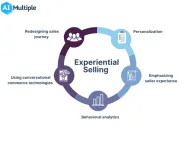
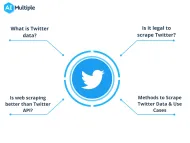
Comments
Your email address will not be published. All fields are required.